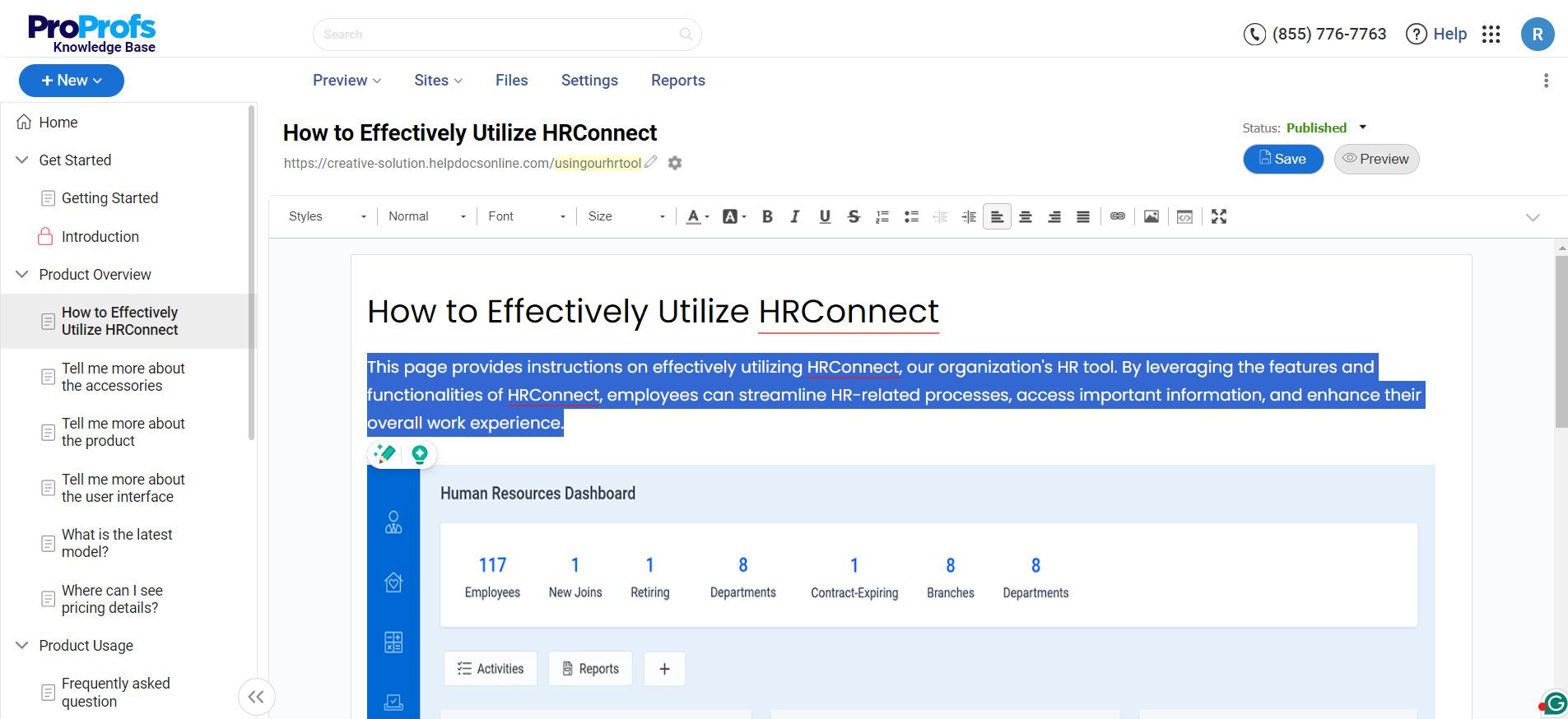Whether you’re a frustrated novice or a seasoned pro, complicated tasks are inevitable.
Thankfully, there’s a clear and foolproof way to tackle complex tasks – step-by-step guides! These are like a roadmap to success, guiding you through even the most daunting projects with ease.
In this blog, we will explore some step-by-step guide examples and templates, talk about software for creating step by step guides, and discuss how to create a guide efficiently.
In case you’re wondering how long it takes to create such a guide, let me assure you, not long. In fact, you can watch this video to learn how to create a stunning knowledge base in 5 minutes:
What Is a Step-by-Step Guide?
A step-by-step guide is a structured set of instructions designed to lead users through a specific process or task in a sequential manner, breaking it down into easy-to-follow steps.
This form of documentation is created to be clear, concise, and easy to follow, ensuring that users can complete a task without confusion.
Whether configuring software settings or troubleshooting a bug, it provides clear direction and eliminates ambiguity, ensuring that anyone can accomplish a task, regardless of their experience level.
For example, a step-by-step guide could walk users through the process of setting up a new software application. Each step could include screenshots, detailed instructions, and necessary links to related resources.
In a non-digital context, consider a cooking recipe – a classic form of a step-by-step guide. Each instruction guides the chef through a specific action, leading to the creation of a delicious dish.
Types of Step-by-Step Guides and Examples
There are various step-by-step guides, each tailored to address specific needs and contexts.
They are crucial in simplifying complex processes, from instructional directions for assembling products to troubleshooting technical issues. Let’s explore some common types.
1. User Manuals
User manuals are step-by-step guides that provide instructions on how to use a particular product or software.
For example, a user manual for a smartphone would outline the directions to set up the device, navigate the interface, customize settings, and troubleshoot possible issues.
2. SOPs (Standard Operating Procedures)
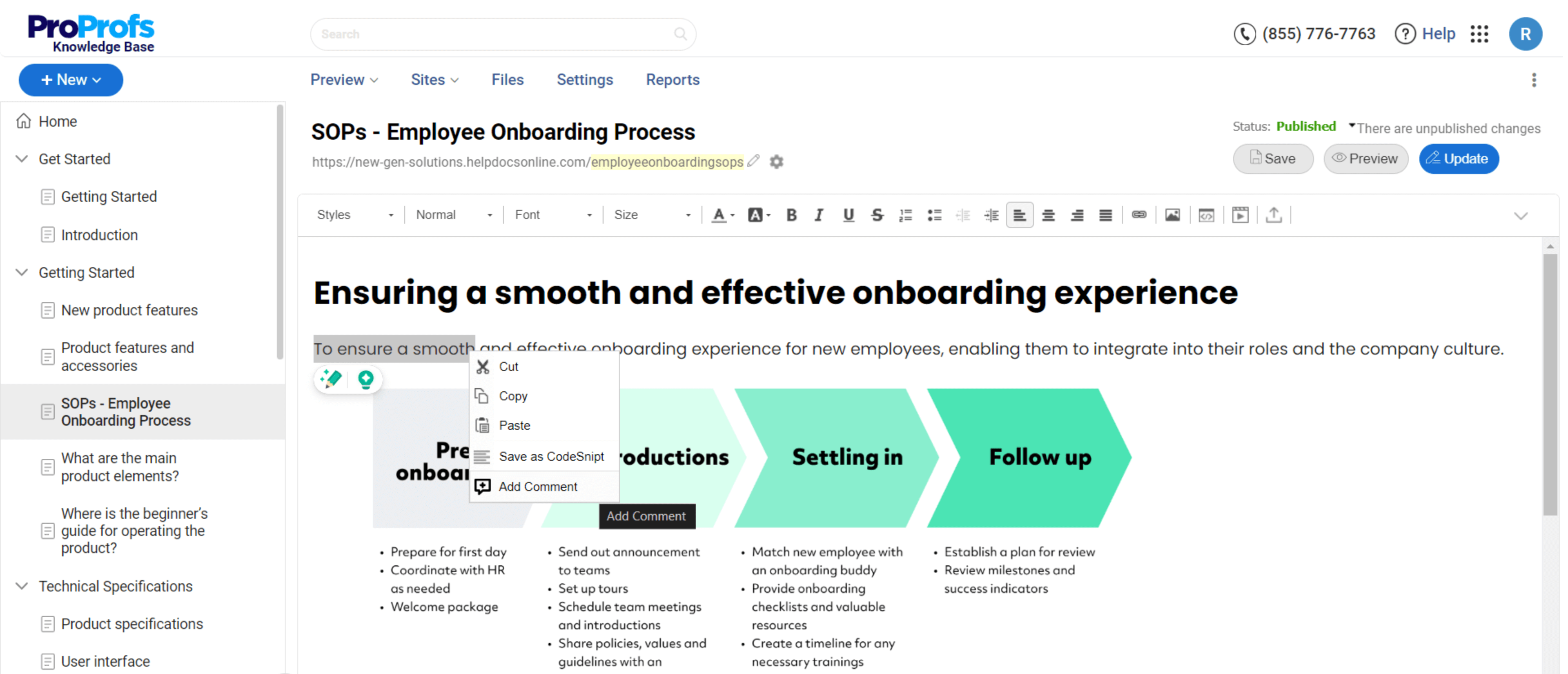
Standard Operating Procedures (SOPs) are detailed step-by-step guides laying out the steps and protocols for carrying out specific organizational tasks.
For example, an SOP for network security would provide step-by-step instructions for managing firewalls, implementing encryption, and responding to security breaches.
3. Employee Onboarding Guide
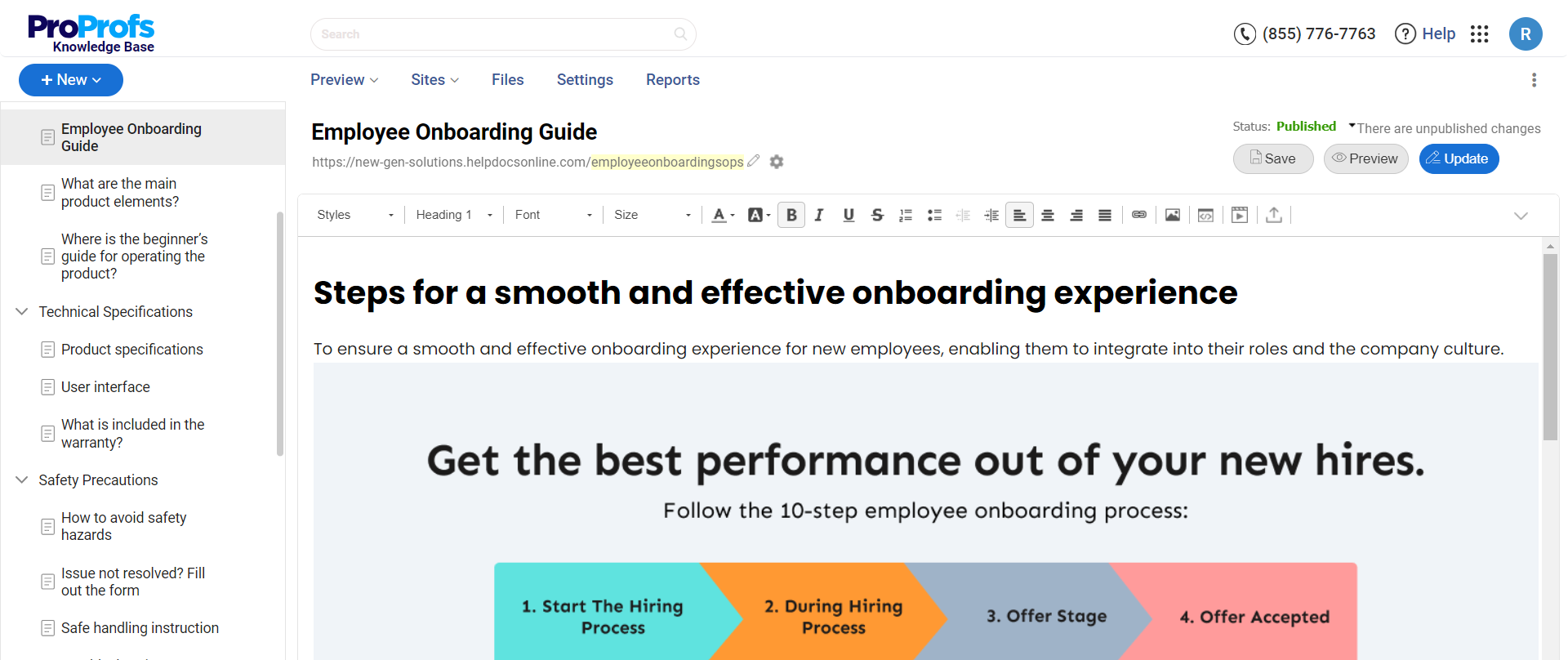
An employee onboarding step-by-step guide helps new hires navigate the process of joining an organization.
In a technology company, this guide would include steps like setting up company email accounts, learning how to access internal software tools, attending orientation sessions, and completing required training modules.
4. Customer Onboarding Guide

A customer onboarding guide helps customers get started with a product or service.
For example, for a cloud-based software platform, the guide would include steps like creating an account, setting up preferences, importing data, and exploring basic features.
5. Customer Service Guide
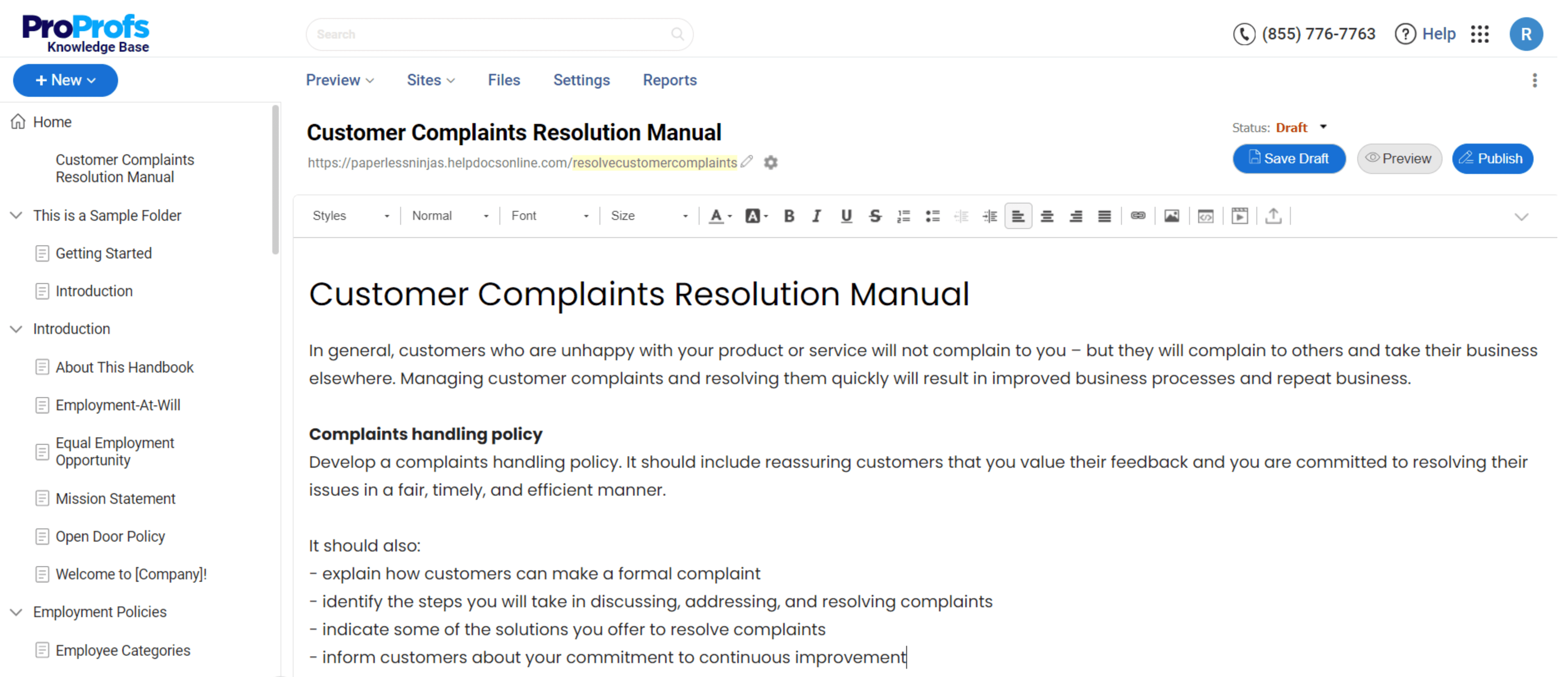
A customer service step-by-step guide provides agents with a structured approach to handling customer inquiries or complaints.
For example, for a support ticketing system, the guide might include steps like logging tickets, gathering necessary information, troubleshooting common issues, and escalating complex problems.
6. Product Training Guide
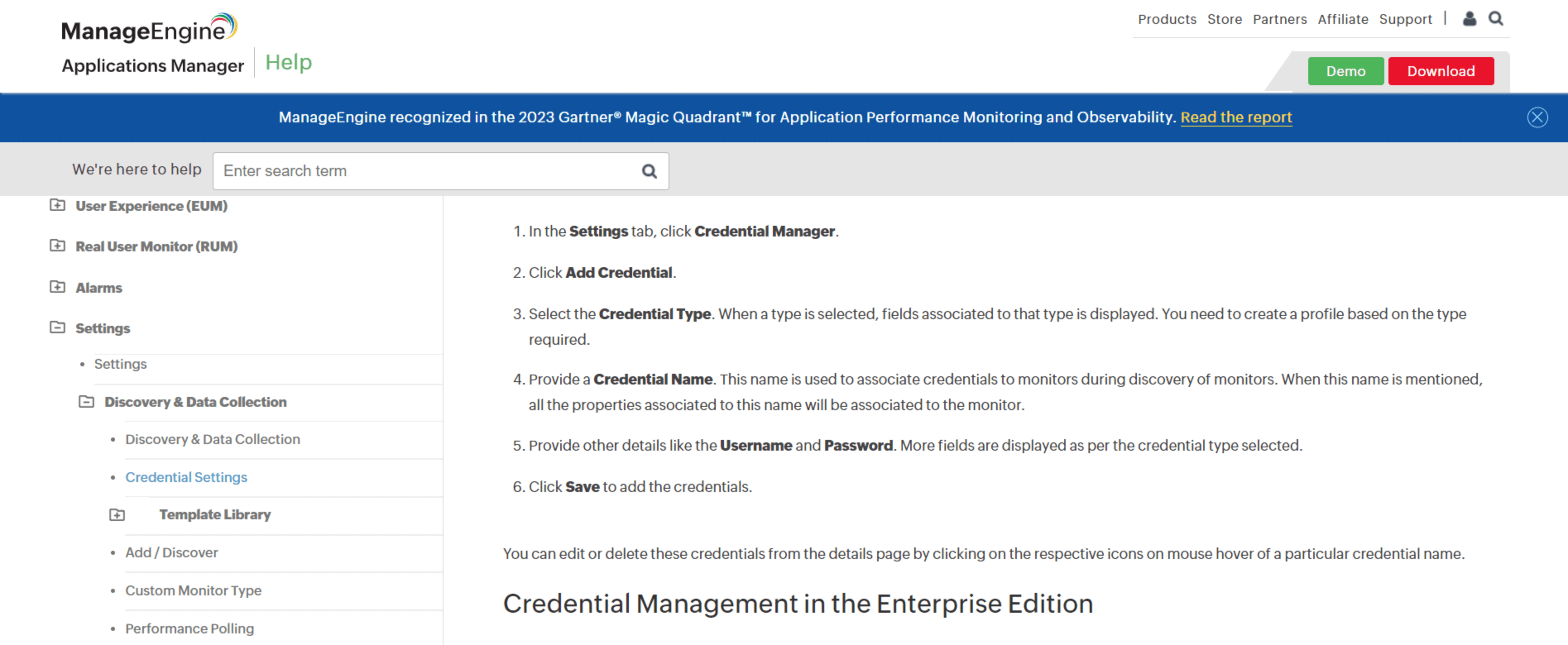
A product training step-by-step guide helps end users or employees become proficient in using a specific product or software.
For example, a step-by-step guide for a design software application would teach users how to create, edit, and export different types of designs.
7. Training Manual
A training manual is an extensive guide that covers various aspects of learning and development.
For example, in a tech setting, a training manual could include topics like coding languages, system administration, software testing methodologies, and project management skills.
8. Transition Plan
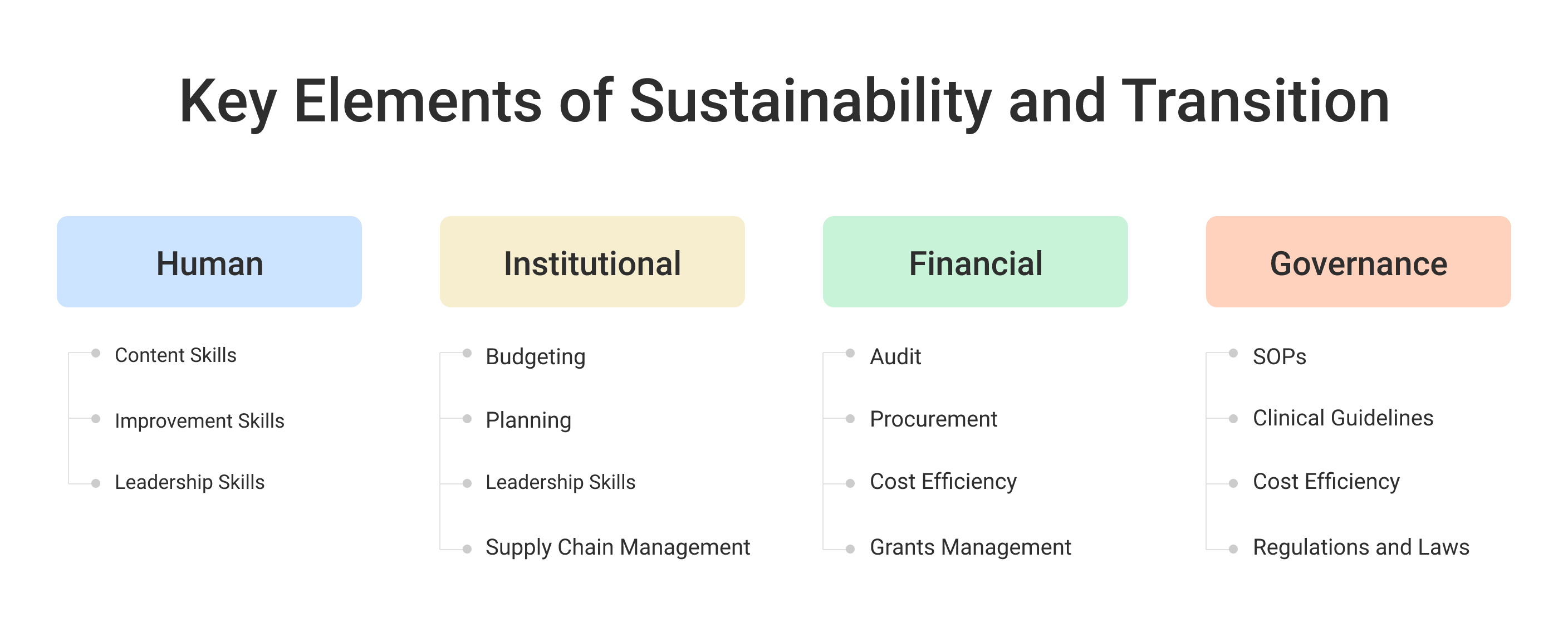
A transition plan details the step-by-step process of migrating from one system or software to another.
For example, a transition plan for a business switching to a new email platform would include steps like data migration, user account setup, email configuration, and training employees on the new system.
9. Tutorials
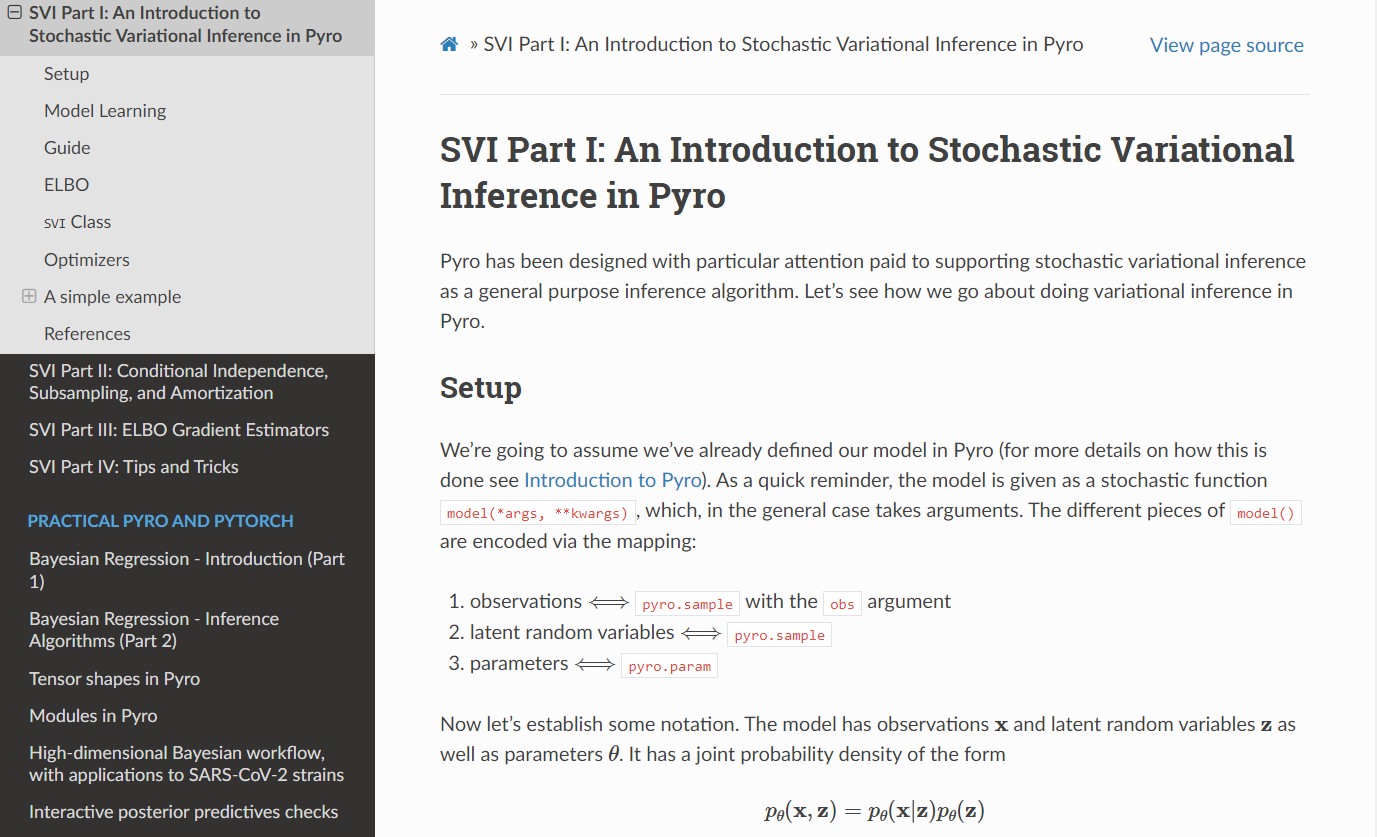
Tutorials are step-by-step guides that provide detailed steps on how to perform specific tasks or achieve desired outcomes.
For example, in the technology domain, tutorials might include topics like website development, programming languages, database management, or graphic design techniques.
10. Troubleshooting Guides
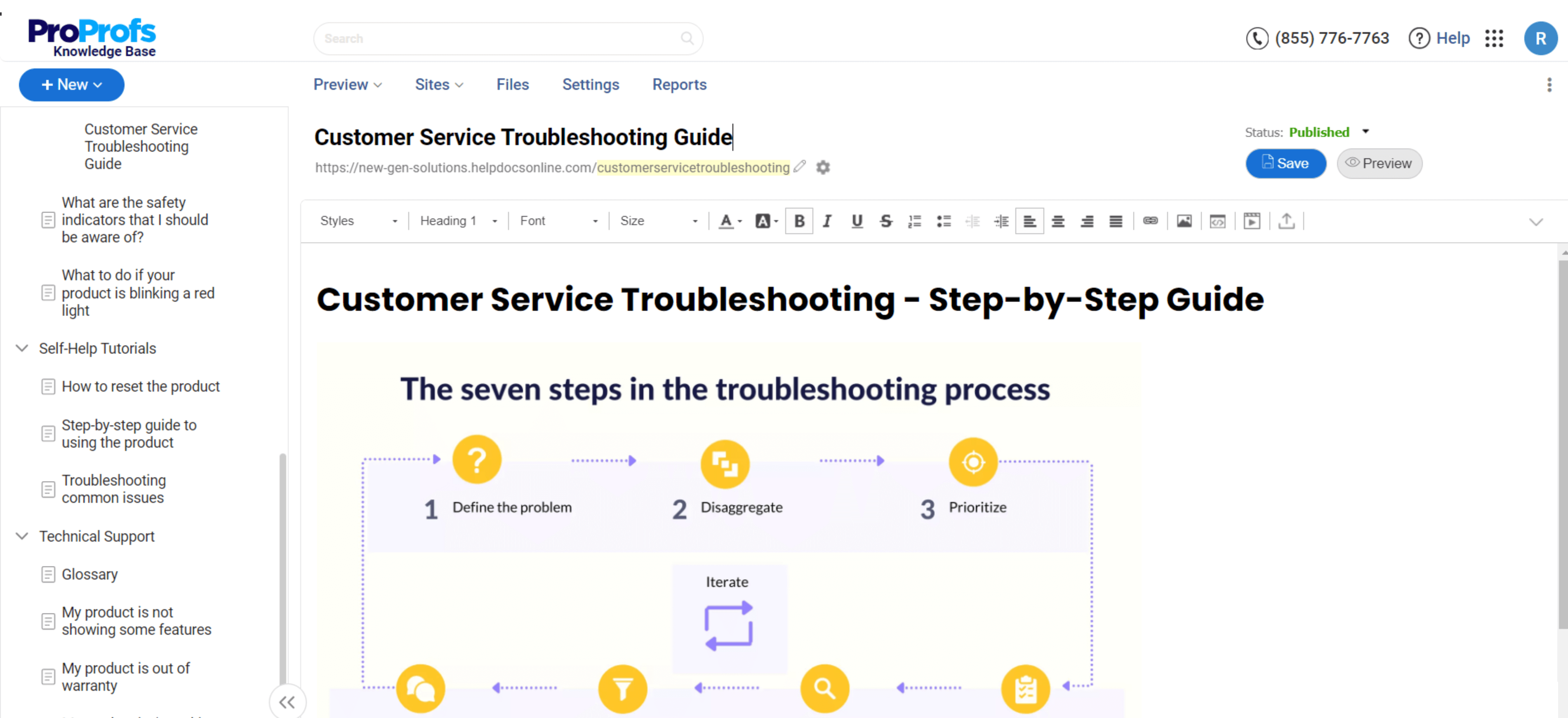
Troubleshooting guides enable users or support teams to identify and resolve problems when they occur.
In example, in a software context, a troubleshooting guide would provide step-by-step instructions for diagnosing network connectivity issues, fixing software bugs, or troubleshooting hardware malfunctions.
How to Create a Step-by-Step Guide
Crafting a step-by-step guide is a valuable way to document processes, assist users, and ensure consistency.
By following these steps, you can create a guide that is clear, informative, and easy to follow.
Step 1: Define the Audience
Understanding your target audience is vital in tailoring your guide to their needs.
Identify if the guide is for onboarding purposes, addressing roadblocks for senior employees, or intended for a specific team or the entire company. Doing this will help you establish the right level of detail, explain terminologies, introduce tools, and provide the necessary context.
Speaking your audience’s language without overcomplicating or oversimplifying is essential.
Step 2: Identify the Problem(s)
Before creating a step-by-step guide, it’s crucial to identify the specific processes that need documentation.
Talk to your team and leaders to understand the everyday activities and determine which steps should be documented.
Start by identifying generic topics and then look into more specific processes to create separate guides under relevant clusters.
Customer data and feedback can also provide valuable insights for creating customer-facing guides.
Step 3: Pick the Software
Consider utilizing software for automating process documentation to streamline the documentation process and reduce the risk of spreading inaccurate information.
SOP tools that can automatically generate visual step-by-step guides while you perform the processes you want to capture save time and ensure accuracy, particularly for complex multi-step processes.
Step 4: Outline the Steps
Start drafting the critical steps for manual creation or processes that cannot be captured automatically.
The sequence of the steps can be refined later, but the most crucial aspect is defining the milestones that must be achieved along the way. Ensure that each step is clearly defined and easy to understand.
Step 5: Write Up the Guide
With the structure and steps outlined, it’s time to start with your guide. Order the steps, add subheadings for clarity, and enhance the document with visuals and illustrations where needed.
If using software, use the ability to customize and adjust the automatically generated guide.
Add helpful tips, notes, and troubleshooting instructions for a more compelling user experience. Remember to balance the amount of text with sufficient illustrations to reinforce the content.
Step 6: Share With Your Team
A step-by-step guide is only valuable if it reaches its target audience. Ensure proper distribution and adoption by practicing the following steps:
- Announce new guides through internal communication channels like email or Slack
- Link the guide to the resource library within your internal communication guide and collaboration platformsHighlight new guides and process updates within the internal knowledge base
- Use bots to capture changes in the knowledge base and send updates through your chosen communication platform
- Enable collaboration and feedback on the guide to encourage continuous improvement
Step 7: Update Regularly
Process documentation is an ongoing task that demands regular updates. Failure to update guides as new processes are created or existing ones change can render them obsolete.
Set aside dedicated time monthly or quarterly to review and make adjustments to keep your step-by-step guide up-to-date and relevant.
Step-by-Step Guide Templates
Step-by-step guide templates enable a ready-made structure and outline for creating guides, making the process more efficient and less time-consuming.
With ProProfs Knowledge Base, you can utilize the pre-built user guide templates to create insightful step-by-step guides.
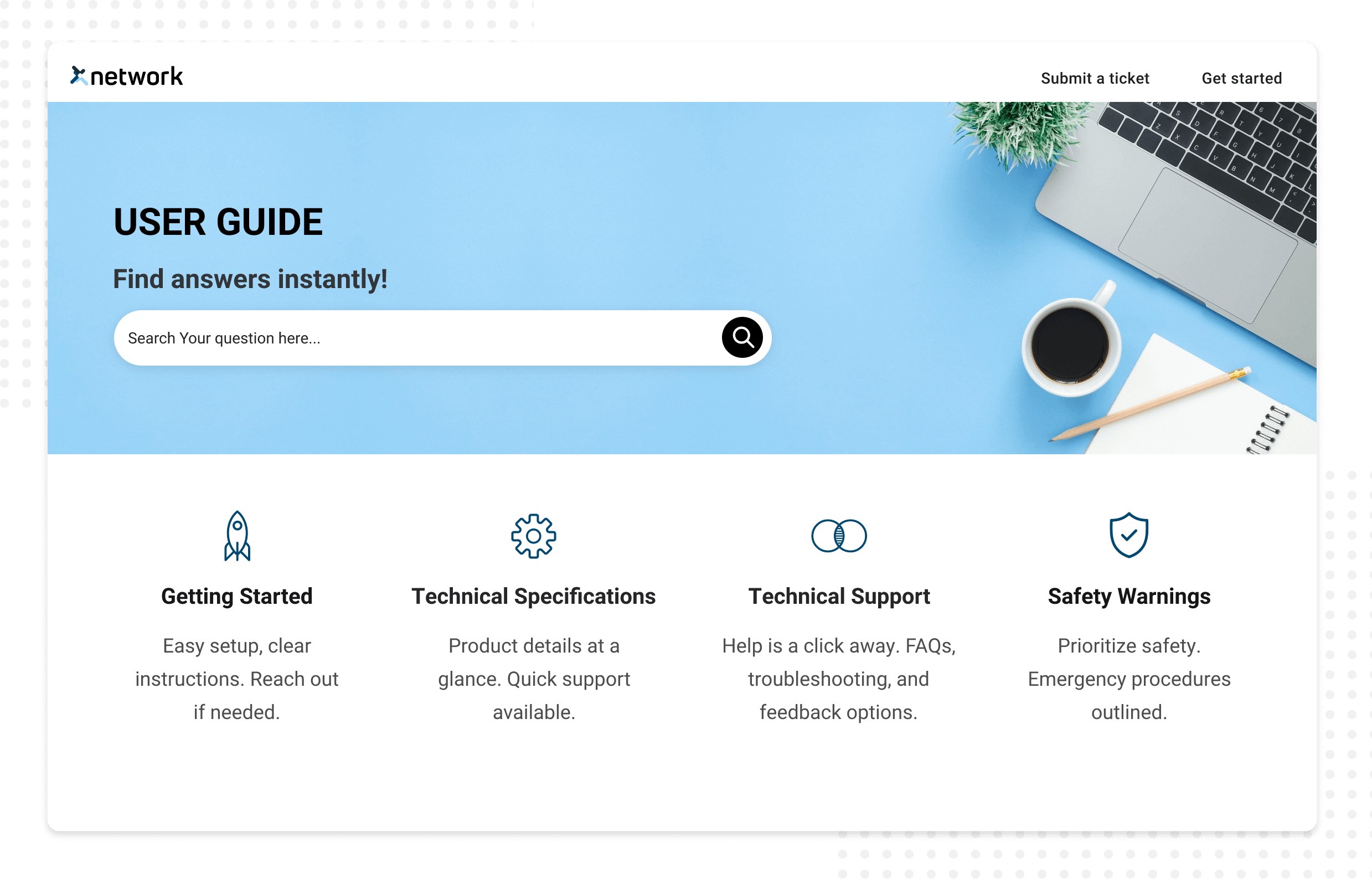
Create Step-By-Step Guides to Simplify & Streamline Learning
Creating step-by-step guides is essential to knowledge management, allowing businesses to standardize processes, assist users, and improve efficiency.
Following the steps outlined, you can ensure that your guides are informative, easy to follow, and tailored to your audience’s needs.
ProProfs Knowledge Base can significantly enhance the process of creating step-by-step guides with its AI-powered text editor with pre-built prompts and pre-built templates. It enables seamless collaboration with internal comments, user-based roles, and conditional content features. Also, the ability to multi-brand and customize the appearance of your guides adds a professional touch.
FREE. All Features. FOREVER!
Try our Forever FREE account with all premium features!







